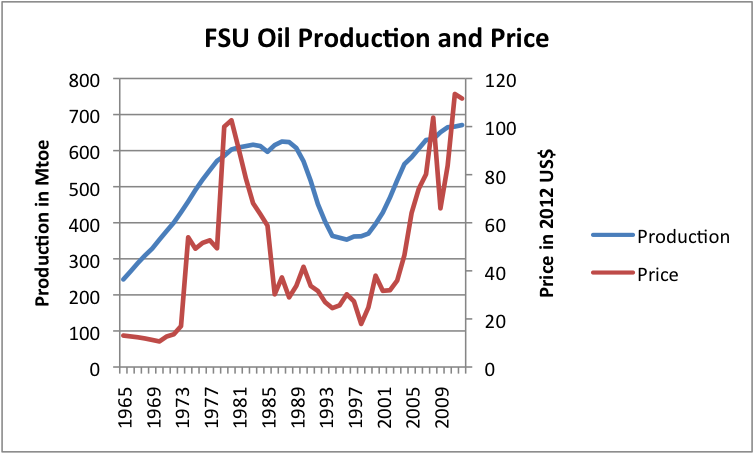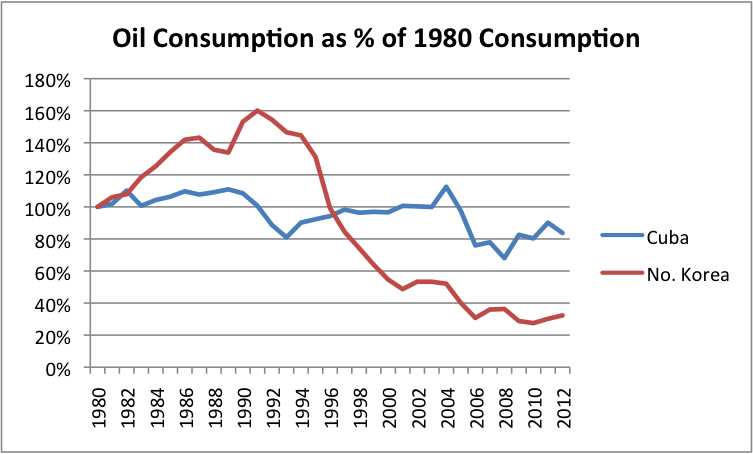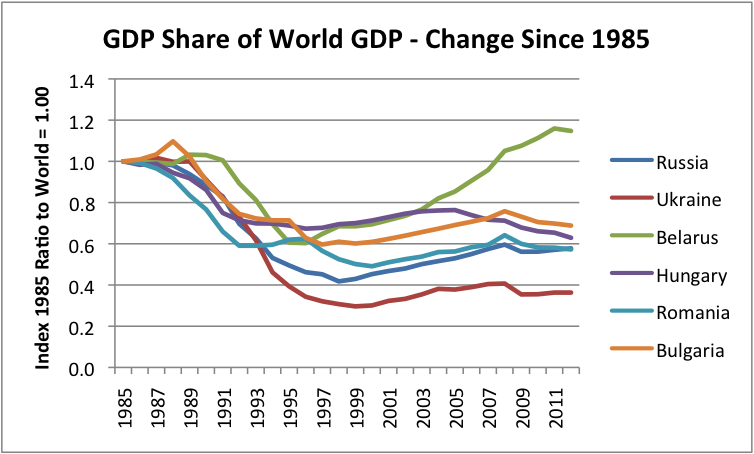The battle over net metering between Colorado's Xcel Energy and rooftop solar advocates could make the recent impassioned debate in Arizona seem tame.
Xcel Energy, Colorado's dominant electricity provider, will have its 2014 Renewable Energy Standard Compliance Plan reviewed by the state Public Utilities Commission in February.
In its filings, the utility proposed to change net energy metering (NEM) to a "net metering incentive." To validate the request, Xcel filed a value of solar study that puzzled Colorado solar advocates.
"They presented a draft study to the stakeholder review committee, asked for feedback, and then just filed it with the PUC with no discussion," said Rick Gilliam, Vote Solar Initiative Research Director. "Xcel said they want a conversation about solar, but they won't return phone calls."
"There are two main arguments," according to Meghan Nutting, SolarCity Policy Director. "One is that Xcel wants to recover infrastructure costs from the Renewable Energy Standard Adjustment fund." Xcel's net metering incentive is the difference between what the study concluded are distributed solar's cost and benefits, Gilliam explained. "They want to deduct that from the RESA fund."
In Xcel's formulation, taking the net metering incentive from the RESA fund would make it as "transparent" as other performance-based incentives, Xcel VP Karen Hyde testified to the PUC in July.
"But it is questionable whether that is legal," Gilliam said. "State law says RESA is to incur costs for implementing the RES."
Xcel's concern is a cross-subsidy, according to Robin Kittel, Xcel's Director of Regulatory Administration. With NEM, solar owners can sharply reduce their electricity bills and avoid much of the prorated Electric Commodity Adjustment (ECA) bill charge. This shifts system costs to non-solar-owners.
This makes it transparent that "every solar customer continues to receive benefits from the utility system that are the same or greater than the benefits received by his or her non-solar neighbor," Hyde testified.
"It is not clear significant revenues are lost," Nutting said, because few solar owners actually zero out their bills and completely avoid ECA charges. "There is no cost shift. APS, Arizona's dominant utility, reported that the average monthly bill for solar owners in its territory from July 2012 to June 2013 was $71.27. Part of that pays for infrastructure."
"It would be different in Colorado because, overall, the average customer use there is higher," Gilliam acknowledged. Sunrun reports its average Colorado customer pays more than $20 per month to Xcel.
Of Xcel's 16,000 Colorado solar owners, 1,700 received checks for producing more electricity than they consumed, Kittel said, and the "average residential solar customer serves 90 percent of load" with onsite production.
"The other argument," Nutting said, "is that the 2014 Compliance Plan should only apply to 2014 and renewables, but this decision will impact future compliance plans, integrated renewables planning and what other utilities in the state do."
"Cost-benefit studies are complicated," Gilliam added. "To try to go over those details in a litigated process is a poor way to get a reasonable outcome."
"The present NEM incentive was implemented as part of the RES legislation. It is appropriate to bring it to this proceeding," Kittel said. "It only applies to 2014, but we are asking the Commission to be aware of the cross-subsidy, because Colorado solar advocates have a 1-million-solar-roofs target."
Motions by solar groups to remove the current debate from Compliance Plan proceedings were rejected.
Xcel's study, which Nutting called "unvetted," applied an "avoided costs" method. It concluded that the revenue lost to net metering is the retail rate of $0.104 per kilowatt-hour, according to Kittel. The system's avoided cost, or benefit, is $0.046 per kilowatt-hour. Xcel wants the $0.058 per kilowatt-hour difference shifted from the RESA fund to Xcel's ECA account to compensate for revenues lost to solar owners.
The solar industry critique of the study identified specific aspects of distributed solar's benefit that were either undervalued or not considered by Xcel's study. As a result, the critique concluded, "the annual net benefits of solar DG on the [Xcel] system are $13.6 million per year."
"Xcel would say that overvalues solar," Gilliam said. The way to get beyond the debate over which study is right, he explained, is to have a state-agency-facilitated stakeholder discussion about costs and benefits, item by item.
Future "facilitated discussions among stakeholders could define how to quantify and incorporate system costs and benefits into new rate designs," according to Xcel VP Hyde's testimony.
"The other alternative is we end up in a fight," Gilliam said. And this could be the first in a series of moves by Xcel, he added. The next would be a rate change request based on the lower cost valuation. And if Xcel is compensated from the RESA fund, it would effectively cap NEM at the RESA fund's 2 percent of utility bills cap. Finally, Xcel would, as Hyde's testimony acknowledged, pursue a legislative change to NEM.
After proposed NEM rollbacks failed in Arizona and other states, Gilliam said, Xcel seems to have "decided to try something more subtle and creative." A confrontation at the PUC is nearing, he warned. "The only way to stop it now would be a settlement. But I have made offers to Xcel and there has been no substantive response."
Greentech Media (GTM) produces industry-leading news, research, and conferences in the business-to-business greentech market. Our coverage areas include solar, smart grid, energy efficiency, wind, and other non-incumbent energy markets. For more information, visit: greentechmedia.com , follow us on twitter: @greentechmedia, or like us on Facebook: facebook.com/greentechmedia.
Seven Ripoffs That Capitalists Would Like to Keep out of the Media
 What capitalism likes to keep quiet about itself would fill a book... or an evening news hour. (File)Tax-avoiding, consumer-exploiting big business leaders are largely responsible for these abuses. Congress just lets it happen. Corporate heads and members of Congress seem incapable of relating to the people that are being victimized, and the mainstream media seems to have lost the ability to express the views of lower-income Americans.
What capitalism likes to keep quiet about itself would fill a book... or an evening news hour. (File)Tax-avoiding, consumer-exploiting big business leaders are largely responsible for these abuses. Congress just lets it happen. Corporate heads and members of Congress seem incapable of relating to the people that are being victimized, and the mainstream media seems to have lost the ability to express the views of lower-income Americans.
1. Corporations Profit from Food Stamps
It's odd to think about billion-dollar financial institutions objecting to cuts in the SNAP program, but some of them are administrators of the program, collecting fees from a benefit meant for children and other needy Americans, and enjoying subsidies of state tax money for services that could be performed by the states themselves. They want more people on food stamps, not less. Three corporations have cornered the market: JP Morgan, Xerox, and eFunds Corp.
According to a JP Morgan spokesman, the food stamp program "is a very important business to JP Morgan. It's an important business in terms of its size and scale...The good news from JP Morgan's perspective is the infrastructure that we built has been able to cope with that increase in volume.."
2. Crash the Economy, Get Your Money Back. Die with a Student Loan, Stay in Debt.
The financial industry has manipulated the bankruptcy laws to ensure that high-risk derivatives, which devastated the market in 2008, have FIRST CLAIM over savings deposit insurance, pension funds, and everything else.
But the same banker-friendly "bankruptcy reform" has ensured that college graduates keep their student loans till they die. And sometimes even after that, as the debt is transfered to their parents.
3. Almost 70% of Corporations Are Not Required to Pay ANY Federal Taxes
And that's even before tax avoidance kicks in. The 'nontaxable' designation exempts 69% of U.S. corporations from taxes, thus sparing them the expense of hiring tax lawyers to contrive tax avoidance strategies.
The Wall Street Journal states, "The percentage of U.S. corporations organized as nontaxable businesses has grown from about 24% in 1986 to about 69% as of 2008, according to the latest-available Internal Revenue Service data. The percentage of all firms is far higher when partnerships and sole proprietors are included."
In recent years the businesses taking advantage of the exemption include law firms, hedge funds, real estate partnerships, venture capital firms, and investment banks.
4. Lotteries Pay for Corporate Tax Avoidance
This means revenue comes from the poorest residents of a community rather than from billion-dollar corporations. Many of the lottery players don't realize how bad the odds are. Fill out $2 tickets for 12 hours a day for 50 years and you'll have half a chance of winning.
Some astonishing facts reveal the extent of the problem. Low-income households spend anywhere from five to nine percent of their earnings on lotteries. A Pennsylvania survey found that nearly half of low-income residents planned to gamble at a newly-opened casino. America's gambling losses in 2007 were nine times greater than just 25 years before.
5. The National Football League Pays No Federal Taxes
One of the most profitable organizations in America, with billions in tickets, TV rights, and merchandise sales, and with an NFL Commissioner who earned more money than the CEOs of Wal-Mart, Coca-Cola, and AT&T, is considered a non-profit. It has a tax-exempt status.
It gets even worse. While the individual teams themselves are not exempt from federal taxes, they enjoy multi-million-dollar subsidies from their states for new and refurbished stadiums. Fans - and non-fans - of the Washington Redskins, the Cincinnati Bengals, the Minnesota Vikings, the Seattle Seahawks, the San Francisco 49ers, and the Pittsburgh Steelers are among those who pay taxes for their hometown football fields. New Orleans taxpayers paid for leather stadium seats. For the Dallas Cowboys, a $6 million property tax bill was waived.
A Harvard University urban planning study determined that 70 percent of the capital cost of NFL stadiums has been provided by taxpayers, rather than by NFL owners.
6. Live on Park Avenue, Get a Farm Subsidy
A disturbing but fascinating report called "Farm Subsidies and the Big Dogs" lists Washington, DC, Chicago, and New York City, in that order, as the worst offenders.
- In New York, "Many entities receive the federal subsidies at their downtown office buildings, such as 30 Rockefeller Plaza, or at their million dollar residential condos."
- In Chicago, "Nearly every neighborhood in the city receives federal farm subsidy payments - including the Gold Coast, Downtown-Loop, Lincoln Park, and even the President's neighbors in Hyde Park."
- In Washington, "Even U.S. Senators are receiving farm subsidy checks."
Perhaps more of us should become farmers. In Florida, according to Forbes, "anyone could legally qualify their land as farmland by stocking it with a few cows." Wealthy heir Mark Rockefeller received $342,000 to NOT farm, to allow his Idaho land to return to its natural state.
7. Profit Margin Magic: Turning a dollar into $100,000
Which costs the consumer more, printer ink or bottled water? Calculations by DataGenetics reveal that the ink in a $16.99 cartridge comes to almost $3,400 per gallon. The cost of a gallon of cartridge ink would buy enough gasoline to run the average car for over two years.
Water seems to cost less, until the details are factored in: we're paying for our own public water, which we've given away almost for free, and which comes back to us in no better condition than when it started.
For every 100,000 bottles sold, Nestle pays the proceeds from ONE bottle to those of us (the taxpayers) who own the water.
So This Is Capitalism..
Consumer-exploiting, tax-avoiding, profit-maximizing, responsibility-shirking, winner-take-all capitalism. An economic system which, as Milton Friedman once believed, "distributes the fruits of economic progress among all people."
This work is licensed under a Creative Commons Attribution-Share Alike 3.0 License.
Paul Buchheit is a college teacher, an active member of US Uncut Chicago, founder and developer of social justice and educational websites (UsAgainstGreed.org, PayUpNow.org, RappingHistory.org), and the editor and main author of "American Wars: Illusions and Realities" (Clarity Press). He can be reached at paul@UsAgainstGreed.org.
















